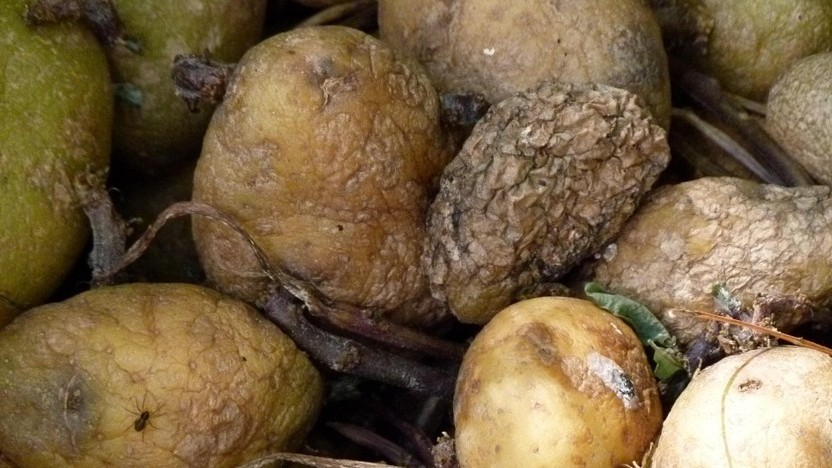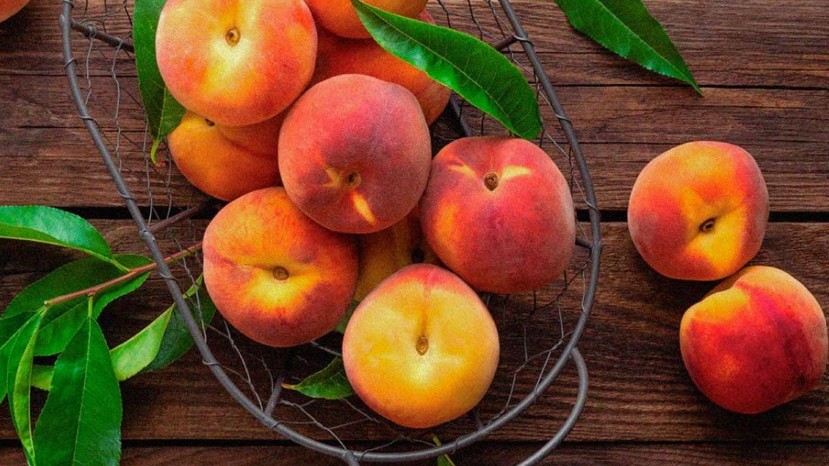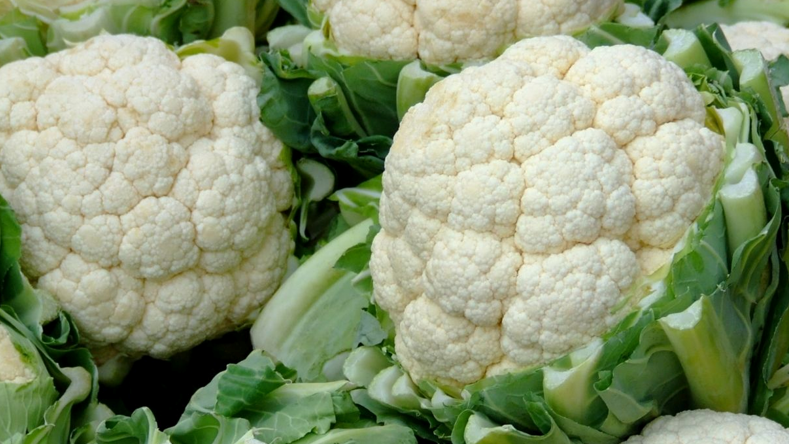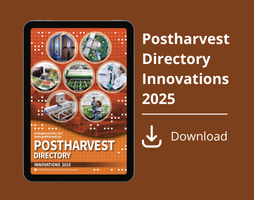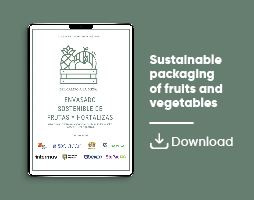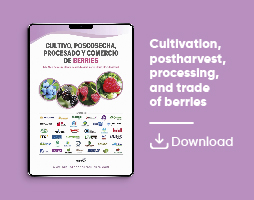Actualidad
Better synchronization of color and softening in late-harvest avocados
The work analyzes the factors that modulate the change in exocarp color and the softening of the mesocarp in avocado during harvest
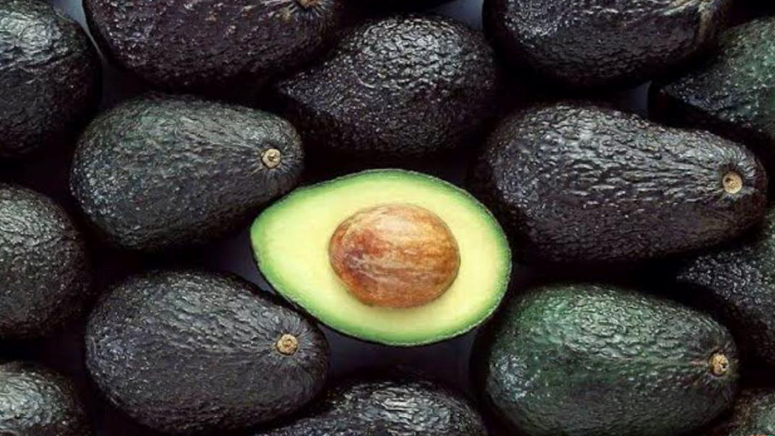
The consumption of avocado (Persea americana, family Lauraceae) has increased globally due to its well-known nutritional benefits (richness in monounsaturated and polyunsaturated fatty acids, vitamins, fiber, among others).
Avocado physiology is very peculiar, with a prolonged flowering period, low fruit set, and difficulty in maturing on the tree. These characteristics contribute to significant fruit heterogeneity within the tree and across harvested batches, which only becomes evident during post-harvest handling and commercialization.
The firmness of the mesocarp and the color of the exocarp (peel) of the fruit are essential parameters that determine the degree of fruit ripeness and consumer acceptance.
After harvest, as the fruit matures, firmness decreases significantly, while the color of the exocarp changes from green to darker.
Importance of Softening/Color Change Synchronization
The synchronization of ripening, in terms of mesocarp softening and exocarp color change, is crucial for marketing the fruit as ready-to-eat.
Failures in this process involve variation in the content of the main pigments such as chlorophylls, carotenoids, and anthocyanins, which are regulated by a complex hormonal interaction in which ethylene, abscisic acid, and cytokinins play a central role.
For example, unsynchronized ripening, known as "green fruit," is characterized by lower production of anthocyanins, specifically cyanidin-3-O-glucoside, the main one in the Hass avocado exocarp, responsible for the purplish to black tones. It has been previously reported that different pre-harvest factors, including climatic variables and maturity conditions, affect the development of exocarp color in this variety at the consumption stage.
Time of Harvest
The time of avocado harvest is based on a minimum dry matter content which depends on the oil content. Previous studies have observed that the dry matter content of the mesocarp at harvest is not a reliable indicator of physiological age or subsequent ripening behavior in avocados.
Furthermore, other studies have shown that early-harvest Hass avocados (with low dry matter content) exhibit the greatest problems with synchronization between exocarp color and mesocarp firmness at the ready-to-eat stage.
Factors Influencing Desynchronization
A current study proposes that the desynchronization of exocarp color and mesocarp softening in Hass avocado is primarily influenced by the degree of maturity at the time of harvest and by seasonal climatic factors, which induce differential transcriptomic and metabolic responses in the fruit's exocarp.
These responses result in distinctive biochemical markers at harvest, which have the potential to predict the desynchronization disorder in the ready-to-eat stage.
The integration of multi-omics data revealed an overactivation of the phenylpropanoid pathway in early-harvested fruit, particularly in the pathways associated with the biosynthesis of lignin derivatives, quercetin, and epicatechins—metabolic processes that are linked to a higher incidence of softening and color desynchronization.
Conversely, late-harvest fruit, which are less susceptible to this disorder, show a higher expression of genes involved in the anthocyanin biosynthesis pathway compared to early-harvest samples.
The researchers propose quinic acid, β-sitosterol, and mannoheptulose as early-harvest biomarkers, and indole acetic acid, xylitol, and arabitol as late-harvest biomarkers.
These findings suggest that late harvest promotes a more synchronized progression between exocarp coloration and mesocarp softening.
References
Guerra, C. ALillo, G. N.; Hernández, I.; Ponce, E.; Kuhn, N.; Pancorbo, A. C.; García, L. O.; Carrera, E.; Baños, J.; Campos, D.; Defilippi, B.; Vargas, R. C.; Meneses, C.; Pedreschi, R. (2025).
Harvest maturity modulates the synchronization between exocarp color change and mesocarp softening in avocado cv. Hass: A multiomics perspective
Postharvest Biology and Technology,230: 113787.
Image
https://agribrasilis.com/2023/06/29/abacate-hass-brasil/ Acceso 16/09/2025.



